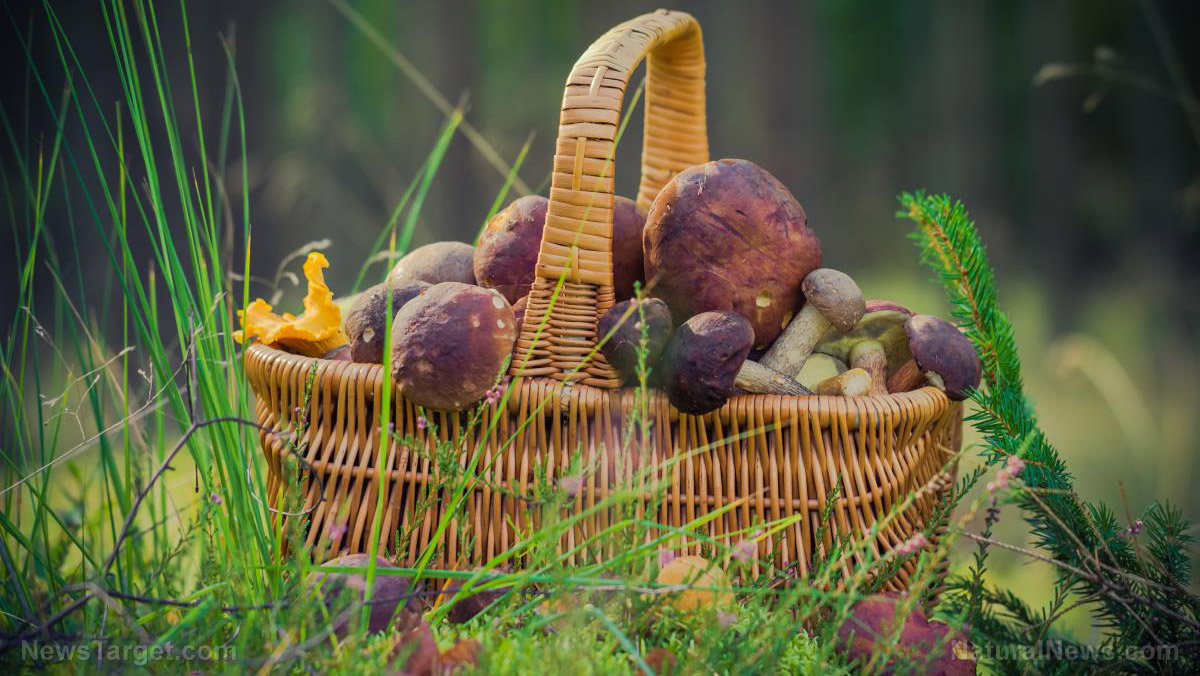
Advertisement
Many people start their own gardens to save money. While it may seem easy at first, it can actually be harder to save money when gardening than you think. Gardening, after all, requires a bit of investment. Seeds, mulch and tools are all bought with money. If you’re not careful, those costs can add up and eventually drain your wallet.
But it doesn’t have to be that way. Here are five ways to save money while maintaining a home garden:
1. Take the time to plan your garden
Gardening may quickly become an expensive activity if you don’t know what you’re doing, so take the time to really plan your garden. Start by determining the amount of fresh fruits and vegetables your family goes through on a regular basis, then move on to listing down which fruits and vegetables your family usually eats.
You’ll also want to know what your planting zone is. Planting zones help gardeners determine which plants will thrive where. That way, you won’t waste your time growing plants that naturally won’t thrive where you live. Cross out any fruits or vegetables on your initial list that aren’t suitable for your planting zone.
Once you have your final list, you’ll need to figure out how much space you can allot for your garden. If your backyard is too small or if you live in an apartment building, consider vertical or container gardening.
2. Start from seeds
Garden centers typically sell plant starters. These are just plants that have already been seeded and germinated by professional gardeners to give you a head start, hence the term “starters.”
However, starters can cost you a pretty penny if you need to buy a lot. Save money instead by starting your own seeds. But before you get your hands on any seeds, it’s important to make a plan first. Consider the space you have, how much space the plants you’re interested in need and the time that those plants will need to grow.
You’ll also need to consider the climate in your region. Generally, seeds are best started indoors days before the last frost in your area.
Here’s a comprehensive guide to growing vegetables and flowers from seeds.
3. Make your own compost
Compost is organic material used to fertilize and improve the soil so that plants grow healthy. You can buy compost from local garden centers, but you can save money and reduce waste at the same by making your own.
You can compost all kinds of waste instead of throwing them in the garbage bin. Collect these materials to start off your compost pile right:
- Fruit scraps
- Vegetable scraps
- Used coffee grounds
- Eggshells
- Grass and plant clippings
- Dry leaves
- Finely chopped wood or bark chips
- Straw
- Shredded newspaper
- Sawdust from untreated wood
Collect enough materials to make a deep pile and water it regularly. Keep the pile damp but not waterlogged. It will start to give off heat after a while. Turn it over with a garden fork once a week. Eventually, your compost pile will become dry and will no longer give off heat. Once it’s brown and crumbly, you can add it to your soil.
4. Make use of recyclable materials
Tools, containers and other garden supplies can be expensive when you buy them new. Rather than buy new ones, make use of recyclables.
For example, you can use empty spice jars as seed holders. You can also make a watering can by poking a few holes into a plastic laundry detergent jug using a hammer and some nails. Similarly, you can make your own sprinkler by poking holes into a plastic pop bottle and sealing your hose around the opening with duct tape.
5. Save seeds
You can save money on seeds for the next growing season by saving seeds from your first batch of produce. You can even swap seeds with other gardeners or homesteaders.
Aside from saving money, the great thing about saving seeds is it forces you to really care for your plants. You’ll want to save seeds from healthy plants to ensure that your next batch is just as healthy.
Use these tips and tricks to save money on your garden while still yielding a bountiful supply of fresh fruits and vegetables every year.
Sources:
Advertisements







